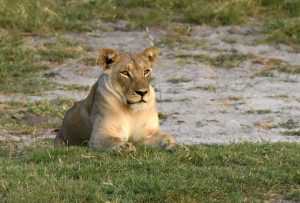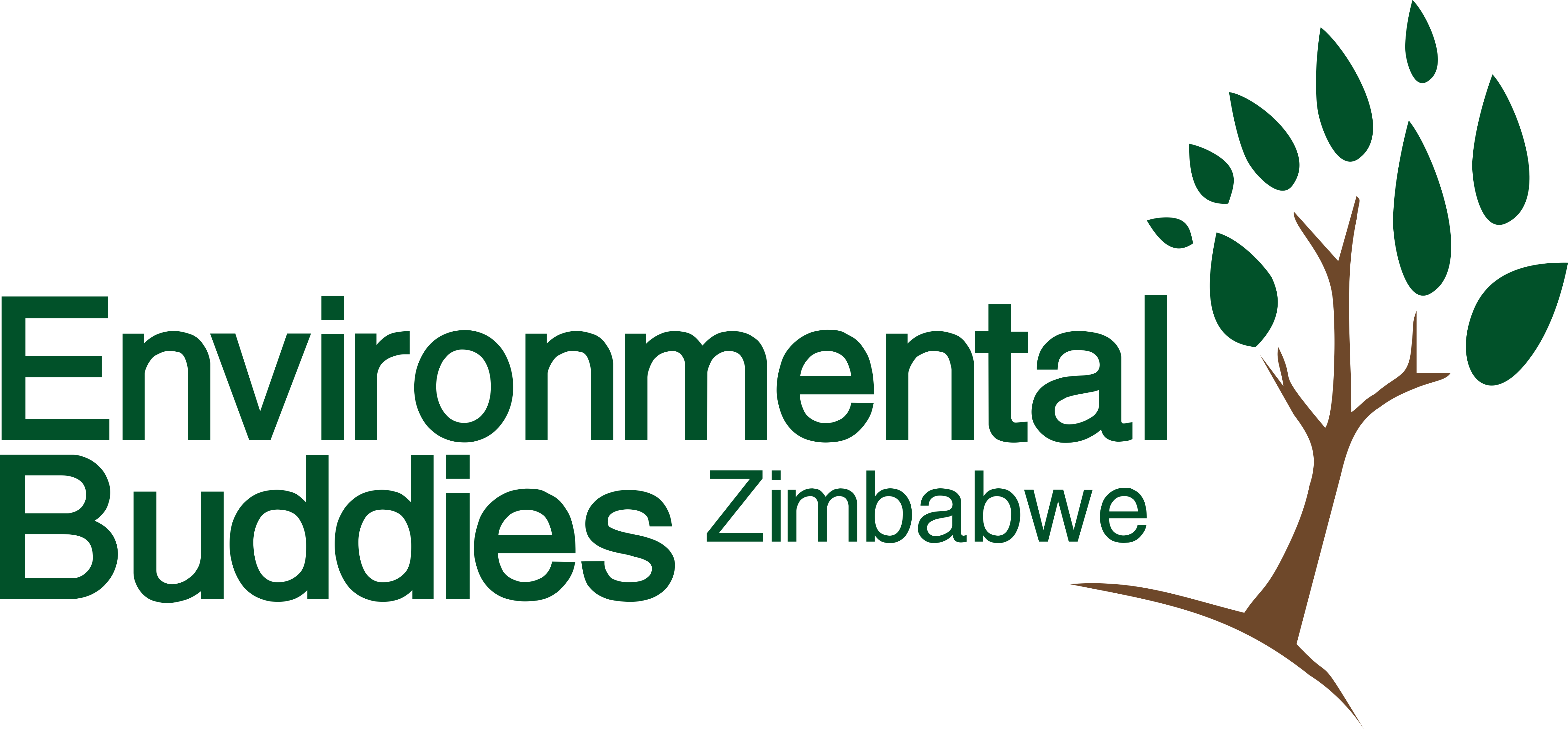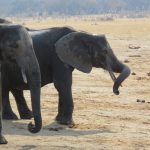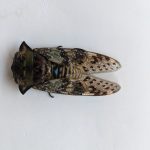I am the KING OF THE JUNGLE: Lion
Names: The Panthera Leo, commonly known as the lion, ‘king of the jungle. Even though it does not necessarily live in the jungle, it is the top predator in its habitat.
Family: Lions are interestingly the only cats that live in groups, we refer to them as a ‘pride’. A typical pride consists of 40, namely; three to four lions, a dozen or so lionesses, and the rest are Cubs.
Habitat: Ironically, even though the lion is sometimes referred to as the “king of the jungle,” it only lives in grasslands and plains, the expression could have come from an incorrect association between Africa and jungles or may refer to a less literal meaning of the word jungle.
Why is the lion the king of the jungle?
- Mane
The lion is also regarded as the king of the jungle because of its mane which is viewed as its crown because of its uniqueness from other cats as it is the only one with a mane thus as a king is supposed to be different from the commoners it is viewed as the king. The mane has often been viewed as a shield that protects a male’s neck during fights against other males. Lions normally attack each other on the back and hips. The length and darkness of the manes also signal information to other males about a lion’s fighting ability. A good gauge of a male lion’s age is the darkness of his mane. The darker the mane, the older the lion.
- Strength
The other reason is because of its raw power and strength and courage as the Lion is not afraid of other animals. Its honor, pride, and kingship also helped cement the idea of it being the king of the jungle unlike its cousin the Tiger that lacks the above qualities except for strength as it is the biggest and most powerful cat. It is the top predator in its habitat. The African lion can grow to a length of up to 8 feet and weigh as much as half a tonne!!
- Size
Fun fact lions are one the largest cats!!!
This animal is indeed ICONIC!!!
Threats to the Lion Population
The iconic animal is in danger
Lions have been abundant throughout Africa for a long time, lamentably, their population continues to decrease and they require protection. This is mainly because:
Human induced Habitat loss
Over the years human population continues to expand, agricultural land and human settlements are quickly going up and taking up land for lions and their prey. As humans continue to move into parks, with the increase of urbanization, they leave a mark of deforestation, among many effects, lions are greatly affected. Humans are slowly consuming lion habitat as well as their prey’s habitats. Humans are slowly moving into lion grasslands, to create space for settlements and agriculture, this is decreasing their space.
Human-wildlife conflict
As a result of habitat destruction, lions’ prey are falling into a decline, therefore, lions are forced to feed on livestock and as a form of retaliation, the humans kill the lions, not realizing that they are at fault as lions are simply striving to survive. It is in their nature.

Poaching and International Trade
Over the years there has been a new concern, that is the rapid increase of Lion poaching, in the name of lion ‘parts’ trading. These parts more commonly, the bones are being traded into Asia, used as a substitute for tiger bones (lions are cousins to tigers). Lions parts are believed to hold medicinal and curative purposes in some parts of Asia, they are used as traditional medications. On an annual basis, South Africa permits 1600 lion bones to be exported. This is called an export quota. The South African government also states that lion poaching is illegal. Everybody seems to be turning their backs on these animals, they choose to act blind. If action is not taken, lions are inevitable to become extinct.
Climate change
Climate change sits as one of the largest threats to the lion population in this century and if left unchecked, may leave serious implications on the survival of this ICONIC species. Over the past two decades, there has been a great plummet in the number of lions by approximately 40%. The IUCN has officially added lions in the red list as vulnerable, this is saddening news. Persistent climate-induced droughts and water shortages are also leading to lion mortality. The droughts reduce the availability of grazing for lions’ prey, and they die, reducing in numbers. This in turn reduces food available to lions. Lions are known to die in large numbers in years of drought. Water scarcity also has caused lions mortality as they thirst to death.
Trophy Hunting
This is recreational killing of animals and lions are not spared by humans who get a thrill from killing a ‘ King of the Jungle’.
Solutions; Solutions are desperately needed for humans and animals to coexist.

- Zoos/ lions in captivity.
Currently there are more lions in captivity than there are in the wild, 8000-12000 lions. These zoos are working as safe havens for animals and breeding spaces to ensure that we have lions in the future.
- Petitions:
My team and I have come up with ideas such as signing petitions, a petition that makes it illegal for humans to own lions, lions are wild animals and deserve to be out in the wild. This can be done on a global level to raise awareness of the need to protect lions.
- Tree planting
Afforestation/reforestation and protecting existing forests to decrease the effects of climate change and increase habitat for lions. Putting an end to urbanization in areas close to parks.
By Charmaine Mupara (16years) Goromonzi High School Student
- Crisis in Conservation: Protecting Kigelia Africana and Baobab Trees in Zimbabwe” - August 31, 2024
- Empowering Marange’s Youth: Celebrating Africa Environment Day at Holy Ghost High School - March 14, 2024
- Sowing Seeds of Hope: Rejuvenating Chiadzwa’s Environment Through Tree Planting” - March 11, 2024




